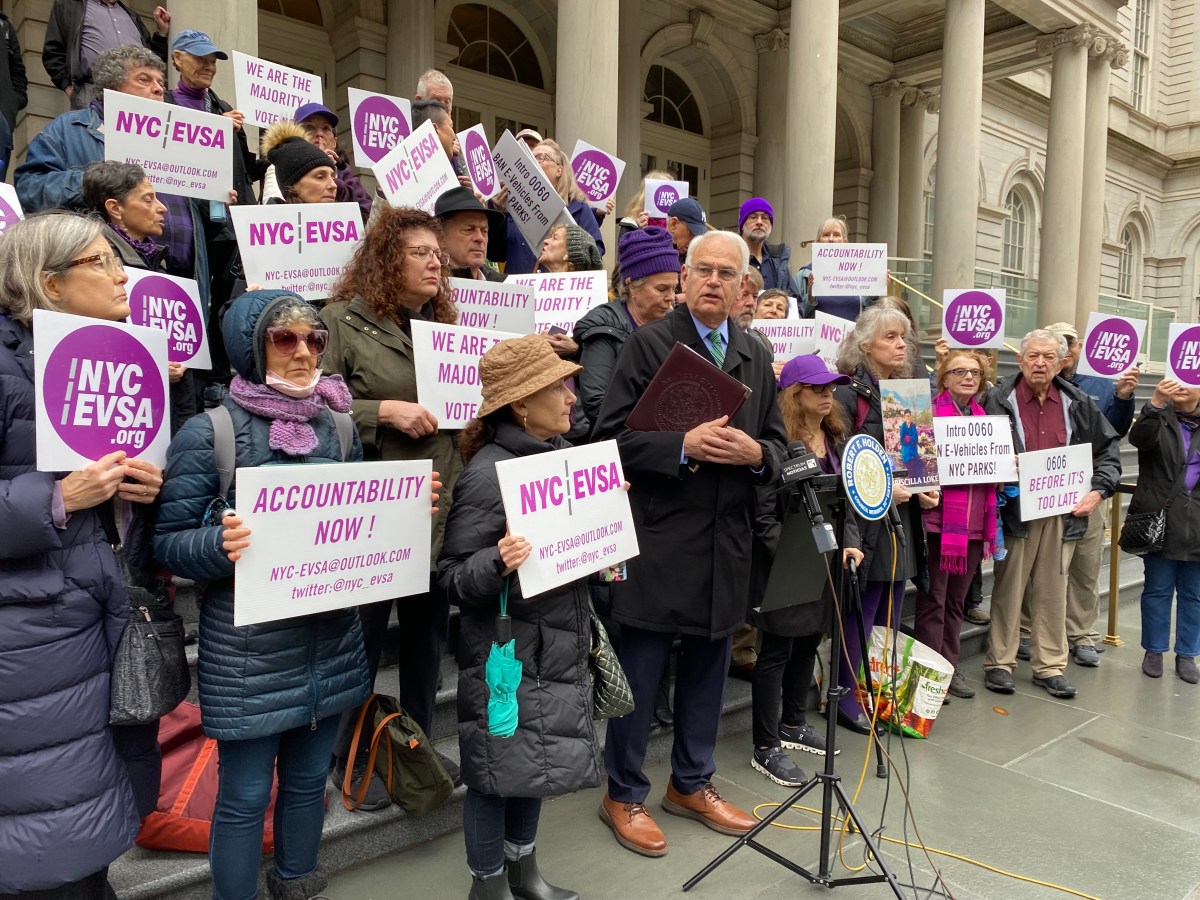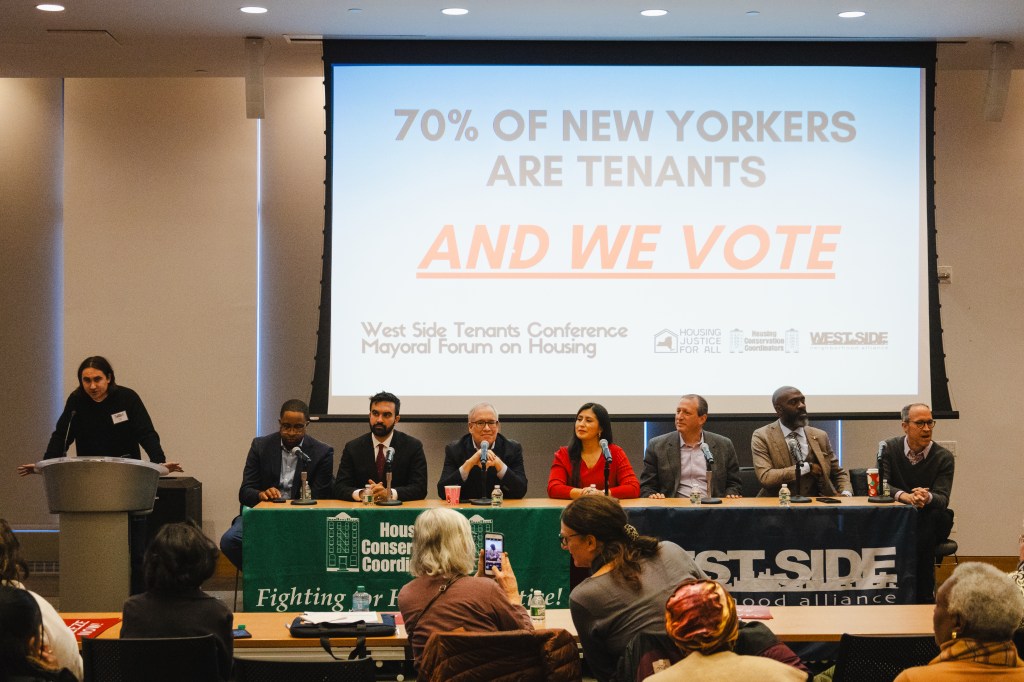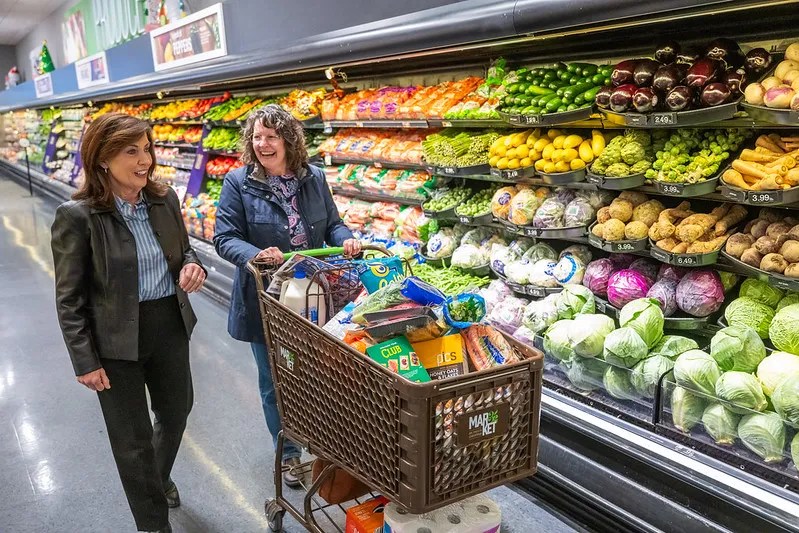They arrived en masse on Monday, August 25: the first wave of the over 700,000 tennis tourists that will grace the grandstands of the USTA Billie Jean King National Tennis Center in Flushing Meadows-Corona Park for the 2008 U.S. Open.
The fans will inevitably cheer and applaud the athletic feats of pros like Roger Federer, Rafael Nadal and the Williams sisters, but they will also bolster Queens’ economy for the two weeks they are here. They will visit the borough’s upscale hotels like the Crowne Plaza and dine in high profile restaurants like Park Side; they will grab a mid-day slice at Tony’s Pizza or a few dogs at a stadium-side stand; they will ride subways, go shopping and fly in and out on Queens runways.
“We bring in more revenue than the Mets, Rangers and Knicks combined for their entire season,” explained Rita Garza, Director of Public Relations for the United States Tennis Association (USTA).
Through ticket, merchandise and food sales, broadcasting rights and sponsorships, the Open generated around $200 million in revenue for the USTA last year. At last estimate, in 2006, the tournament had an economic impact of $430 million on the New York Metropolitan area. NYC & Company, the city’s official marketing, tourism and partnership organization, estimates that inflation will raise that figure to as high as $460 million this year.
Queens, a borough whose diversity is well suited to the unique U.S. Open crowd, will undoubtedly soak up some of that money, said Jack Friedman, Executive Vice President of the Queens Chamber of Commerce.
“The Open attracts people from around the world - they want to stay in the neighborhood,” Friedman said. The tennis spectacle creates temporary jobs, brings people to Flushing Meadows-Corona Park, and you can’t overlook “the incremental tax revenue from the twelve-dollar bottles of beer,” Friedman said with a laugh. “There’s something about that event that leads people to stay locally and spend their money.”
Dan Davis and his wife Deborah flew in from Scottsdale, AZ for a week of tennis action. For the Davises, who are tennis players themselves, the Open is just one stop on an annual circuit of elite athletic events across the country - the couple goes to the NBA Finals, the World Series, the PGA and U.S. Open golf championships - and the tournament has become a good excuse to see old friends.
“You have to look at it as vacation. I mean, the flights are the flights, gas prices are gas prices, extra luggage is extra luggage,” said Davis who, along with his wife and a couple from Kansas, rented a house in Broad Channel for the week.
Davis knows that “money flows” at major sporting events like the Open. While he has enjoyed nice meals in Broad Channel and frequently eats a hot dog lunch “off campus,” Davis and his travel companions each paid $150 a day for their Open seats and Davis estimates he will spend close to $500 on memorabilia and merchandise alone - “Just so I can say I was at the Open, and I’ll have my sweatshirt and I’ll have my t-shirt. That’s part of the experience, you have to be willing to spend that to be here, especially to come from out of state,” he said.
Even those from as nearby as Long Island say the money adds up. “If we [have to] spend $20 or $30 on some fast food, we can do it,” said Shari Haber, who recalls going to the Open when it was in her native Forest Hills. “Do we want to do it? No, but we will.” And a trip to the Open wouldn’t be complete without a visit to the gift shop with her kids in mind, Haber said with a smile.
Michelle Crowell and her mother Ann, in town from Charlotte, NC for their 15th consecutive Open, estimated their expenses at $3,000 - “theater tickets, U.S. Open tickets, shopping in Manhattan, airline tickets, hotel,” in addition to a few hundred dollars-worth of clothing, Michelle said.
Flushing’s Crowne Plaza Hotel, where the Crowells are staying, has a lobby adorned with oversized tennis posters and buckets of tennis balls. Friedman said he saw a queue of people waiting at the concierge desk to ask about area restaurants and attractions. “What I was sensing from being at the hotels themselves is that people don’t want to go far, they want to find things locally,” he said.
Michelle Stoddart, the Director of Marketing and Tourism for the Queens Economic Development Corporation (QEDC) and the QEDC’s Discover Queens initiative, admits it is a challenge to introduce U.S. Open tourists to the world outside the stadium limits. But she said that visitors are becoming more and more curious and they are hopping on the No. 7 train to explore - thanks in part to the QEDC’s ‘International Express’ brochure. The group made its debut at the Open this year, distributing Queens-centric materials, Stoddart said.
Like Stoddart, Mabel Law, the Executive Director of the Flushing Business Improvement District (BID), admits that appealing to the U.S. Open set isn’t always easy, especially since most people come from out of town and are not too familiar with Queens.
“We’ve found it’s harder to get our foot in the door with an event that has their sponsors and set schedules and it’s all very tight,” Law said, noting that the Flushing BID has sent materials to the USTA and is trying to grow Flushing as a historic and cultural place. “It’s been more word of mouth.”
The grapevine, however, seems to be an efficient means of diner outreach for establishments like Park Side Restaurant on Corona Avenue and Tony’s Pizza on 104th Street, both in Corona, attracting repeat customers who, like clockwork, descend on Queens for the Open.
“We have maybe 10 parties that come in every year. They come for maybe eight nights straight,” said Park Side maitre d’ Alfredo Chiesa, an employee of 21 years. Business increases about 20 percent during the Open, but it’s not like what it used to be before Arthur Ashe Stadium and its plethora of food courts were constructed in 1997, Chiesa said. “I think it’s good because you get to have a nice Italian meal, in a pleasant setting, see part of Queens, a new neighborhood, play bocce across the street, grab a lemon ice. It’s the best of both worlds,” he added.
Through September 7, the borough will play host to a perfect storm - one in which big money athletics collides with the multicultural smorgasbord that is Queens - a place that couldn’t be more different than, say, Dan Davis’ Scottsdale.
“You hear all the negative stories about New York mentality, New York personalities, New York attitude - I have not encountered any of that,” Davis said, heading back to his stadium seat after a sojourn through the park. “From all the cabbies in Jamaica Bay, to everyone - to restaurants, to everyone I’ve seen at the Open - everyone’s been delightful. It’s just been a great experience and well, well, well worth the expense.”






























